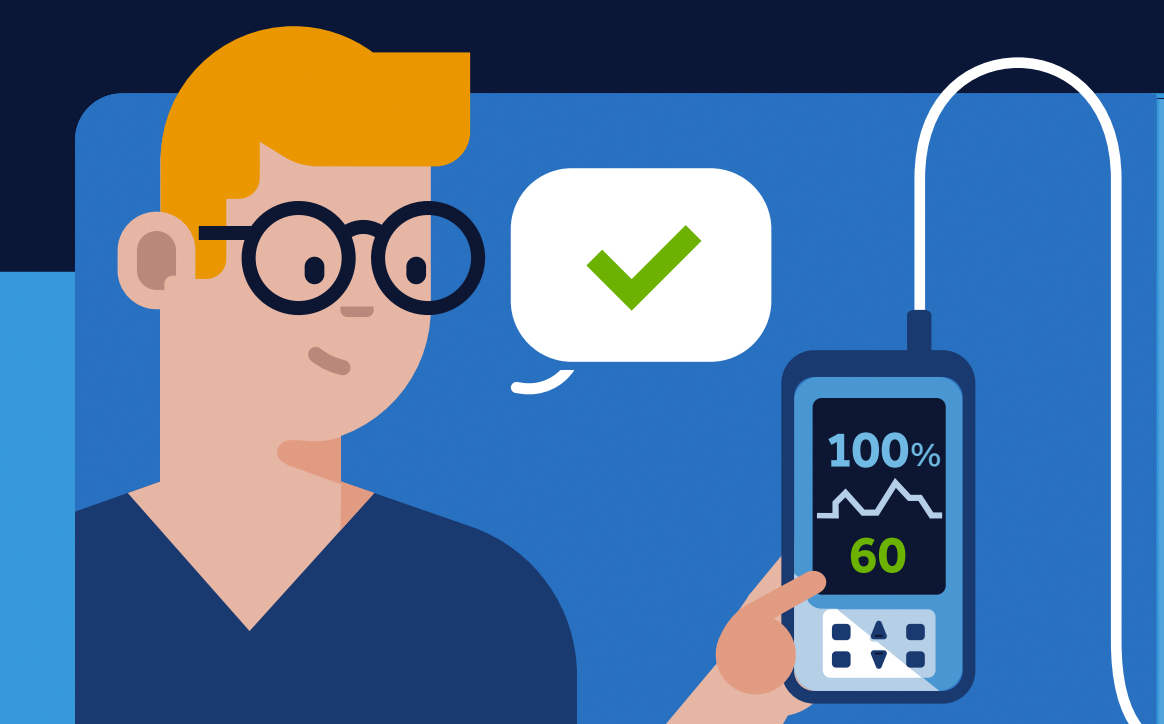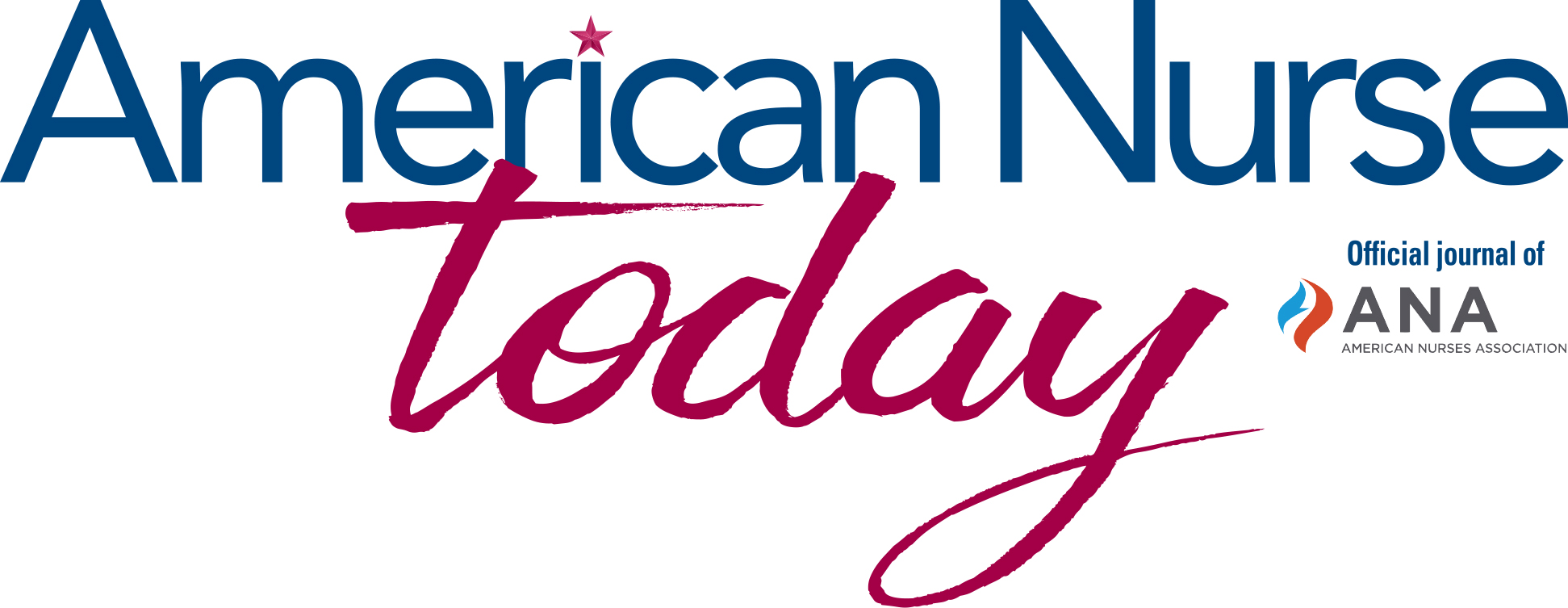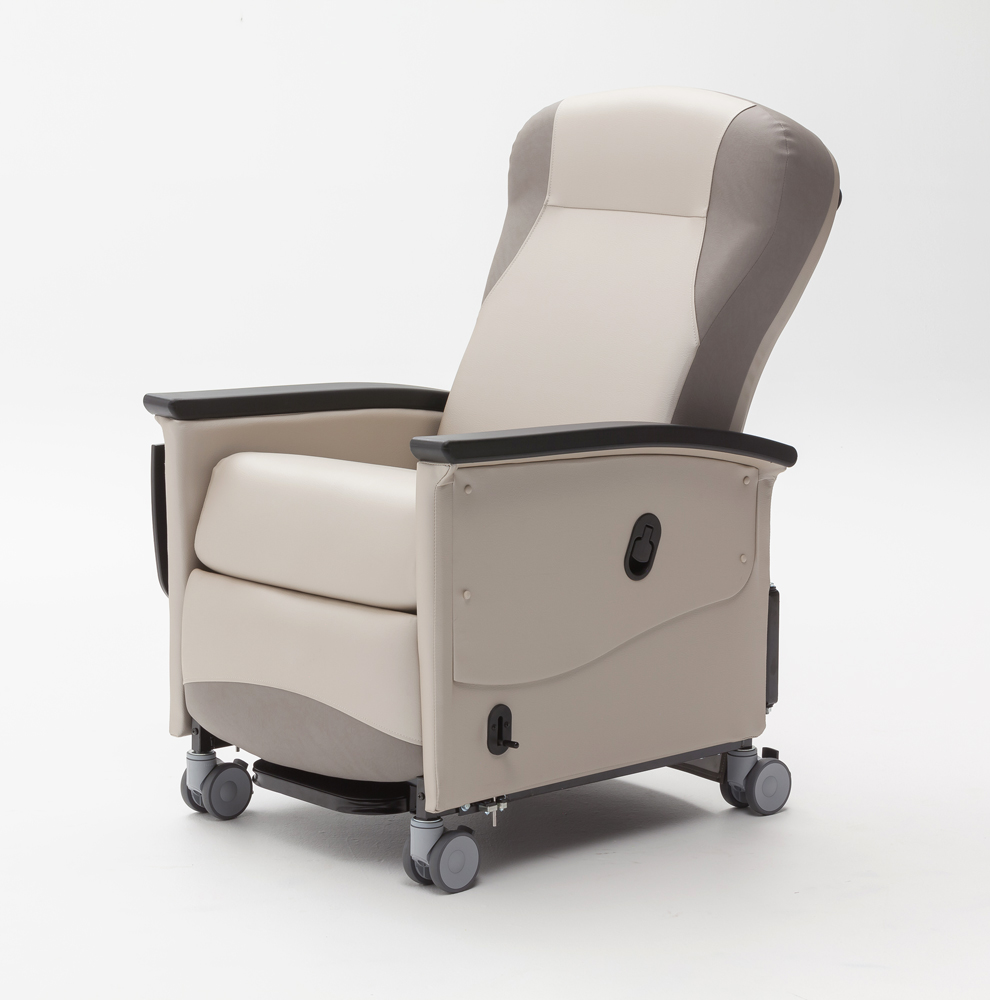My name is Nancy K. Van Etten and I’m a semi-retired RN, MN, CCM.
I’ve been a member of ANA since 1978, and became a Red Cross volunteer a
year ago. My husband and I “retired” and moved to a lake in rural South
East Kansas. Training opportunities for the Red Cross in that region are
limited. I had completed the basics for disaster care and sheltering of
displaced people; but nothing specific to what an RN is able to do in the
Red Cross with our licensure.
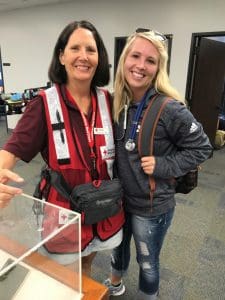

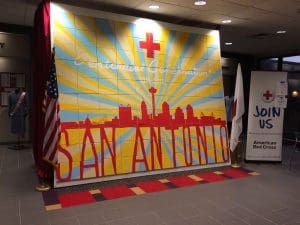

I received several emails from the Red Cross asking for volunteers
to help with hurricane Harvey, and decided with my husband’s agreement to
volunteer for a two week deployment. I was assigned Mass Care and
Sheltering.
What I have learned with this first deployment;
1. The Red Cross is very quick to deploy you once you agree to be
deployed. I was on an airplane to Austin, Texas within 12 hours.
2. Expenses are paid, including travel and lodging and food (there is
a limit). This is very helpful because I wouldn’t have been able to
afford it.
3. There are plenty of mentors to learn from. Many volunteers have
been deployed numerous times to various disasters and are quick to teach
you the pros and the cons and what to expect. I am a good listener and a
quick learner.
4. You have to be very flexible and be willing to wait up to 1 to 2
days before you know exactly what you’ll be doing and where you will be
going once you reach a deployment center. This is because the situations
at the disaster on the ground are very fluid and changing; the Red Cross
is very aware of safety issues and works directly with a emergency
services. I had planned to be a shelter assistant; however, they needed
more registered nurses so I quickly got my paperwork completed and
received “just in time” training to be assigned “staff wellness ” job. I
was paired up with an LPN, and we drove a rental car to San Antonio Texas
from Austin.
5. Different states have different structures for how they manage
disasters. Texas government had decided that their government agencies
will be in charge of sheltering evacuees with American Red Cross
reporting up to them. This was a different structure for the experienced
Red Cross volunteers and paid Red Cross staff. I was new so I didn’t know
any differently. My cohort LPN and I did well with collaboration and
communication with the various entities that were in the shelters. This
benefited the evacuees (called clients) and the staffs of entities.
6. It’s hard to close a shelter. Once we moved from a mass shelter
(we had up to 800 clients, however planned for 30K but buses couldn’t get
thru to San Antonio due to highway flooding-must be flexible at all times
with changes happening quickly and frequently) to a much smaller shelter
with clients numbering 80. It seemed that more people were coming into
the shelter rather than leaving the shelter. Some of the sheltered
individuals were then identified by local social services as homeless
persons from San Antonio.
7. The shelter is a community of young and old, well and includes
chronic and acute illness, mental health concerns, socioeconomic issues,
just like home but with added stressors of losses of loved ones, personal
health, home, job, possessions, animals, cell phones.
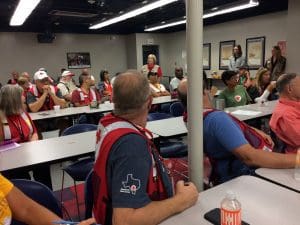

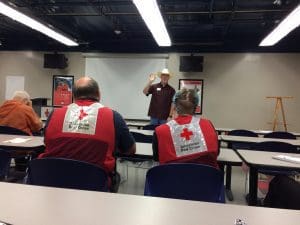

One young man had lost to death his caregiver and two roommates. He
was alone and arrived from Houston on day 14 post hurricane. My goal was
to be sure he was connected with a new caregiver before the shelter was
closed. This meant a lot of coordination with adult protective services,
social services, in the San Antonio area. Before I left he was connected
with 3 Red Cross volunteers; two were disaster Mental Health staff
members and the other was a shelter manager. Red Cross is very dedicated
and committed to “no shelter will be closed until everyone has a place to
go that is safe and secure.” Of course this didn’t make the city of San
Antonio government very happy when they really wanted to close the
shelter. Resources for the city of San Antonio were the fire department,
police department, environmental health and public healthservices and the
university health services. They were paid staff.











